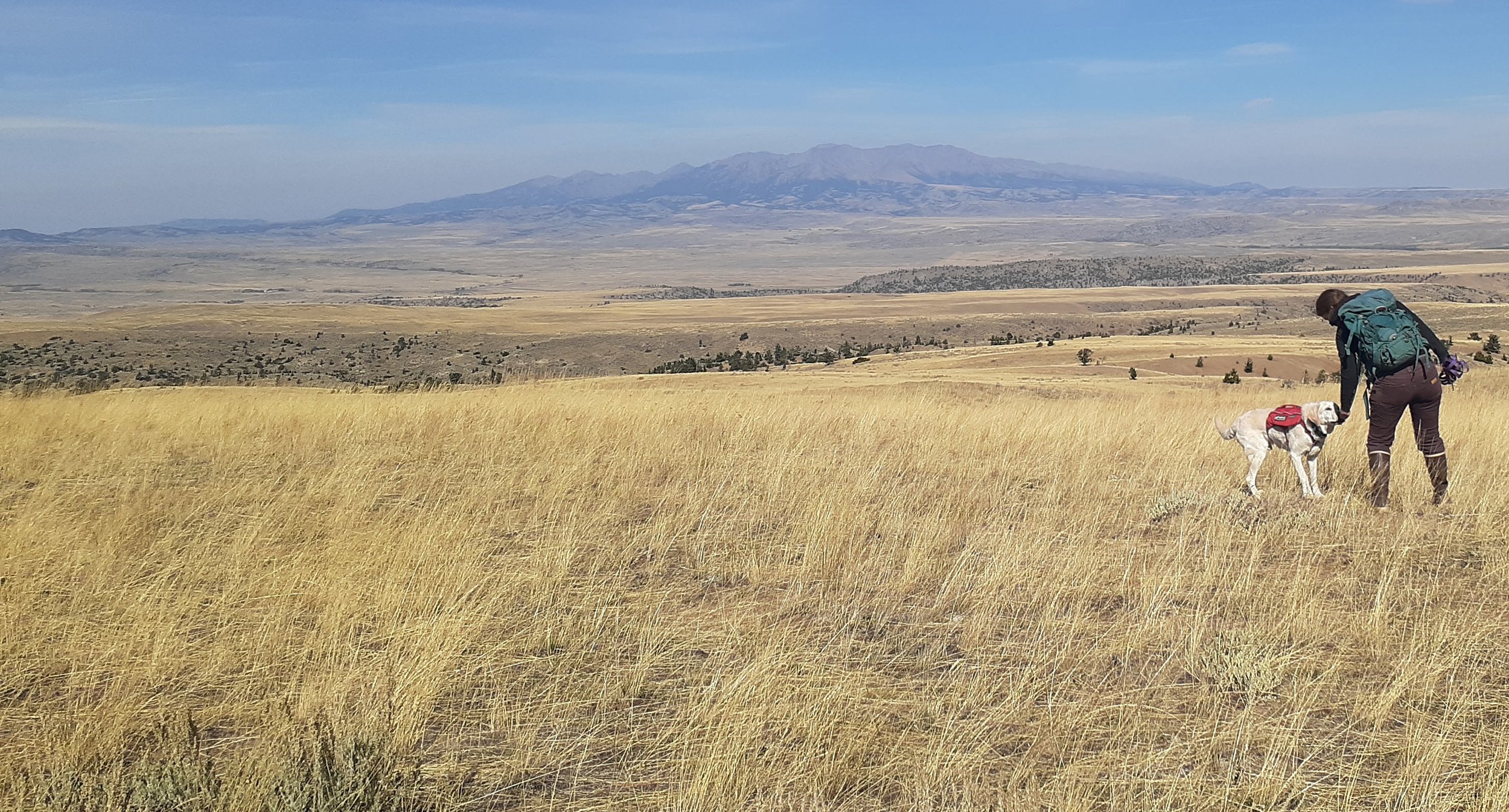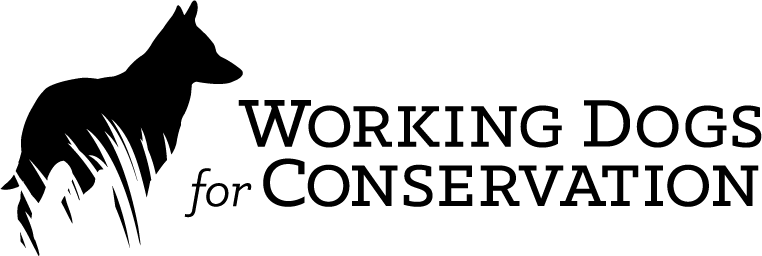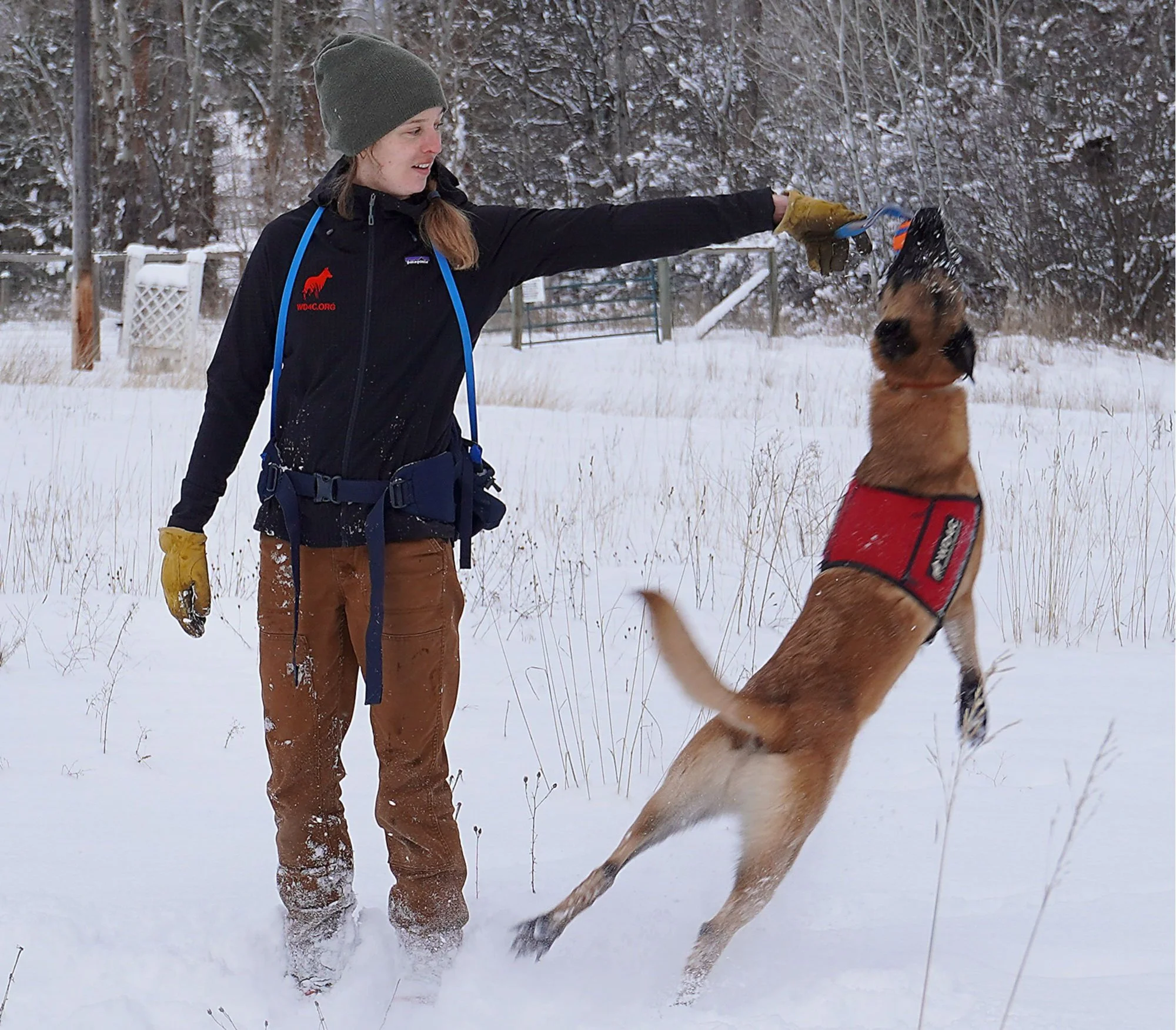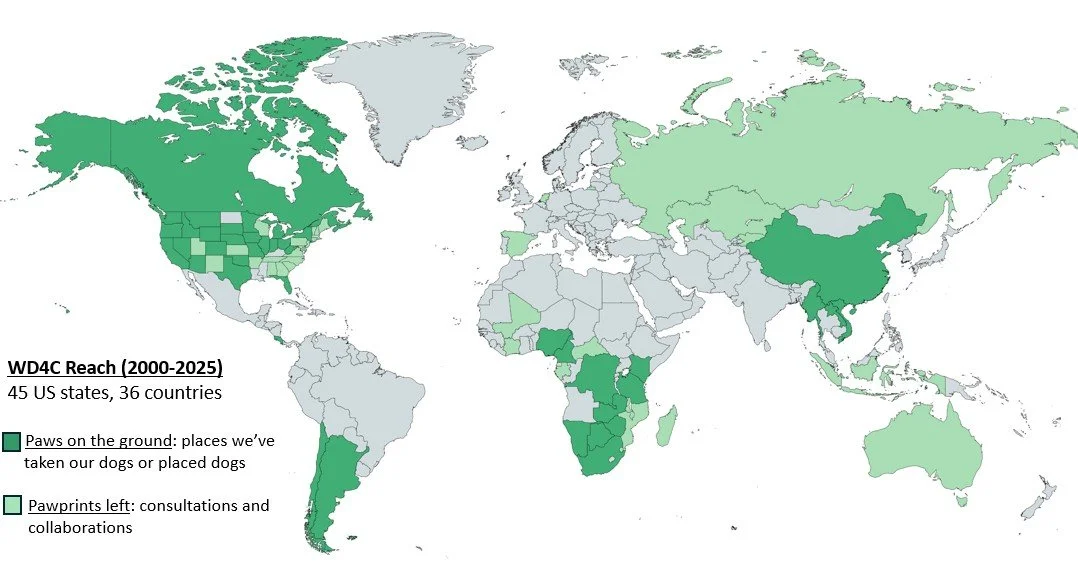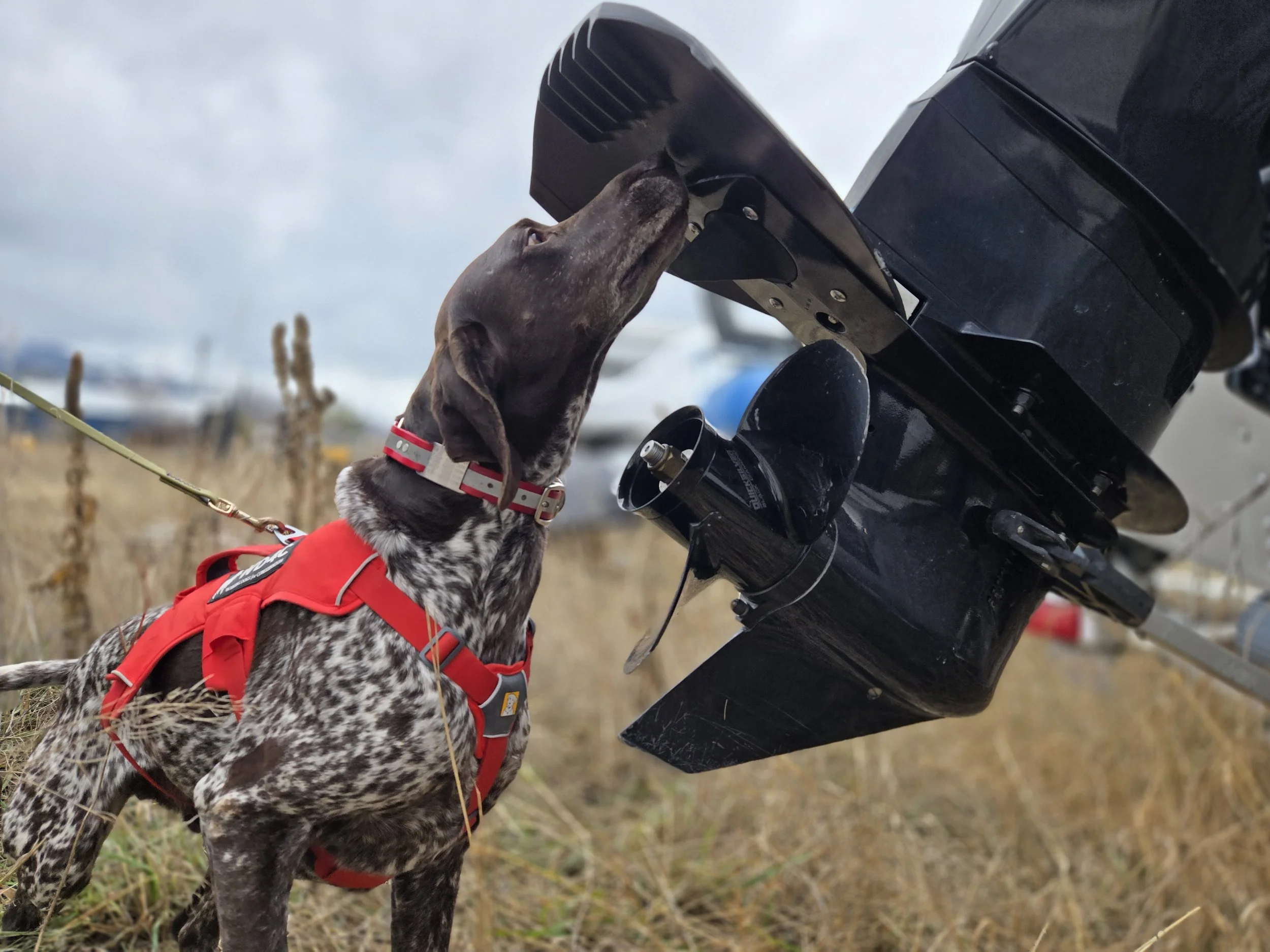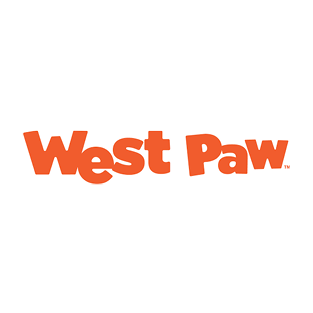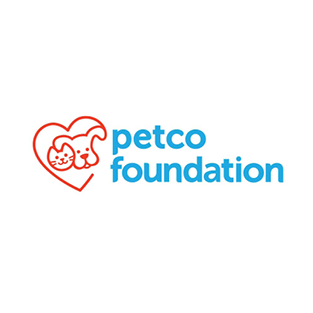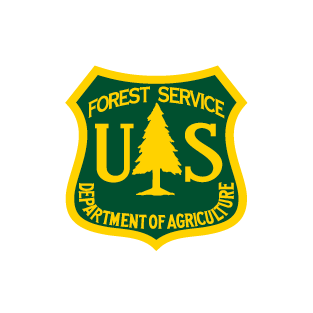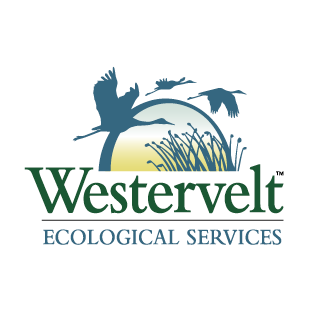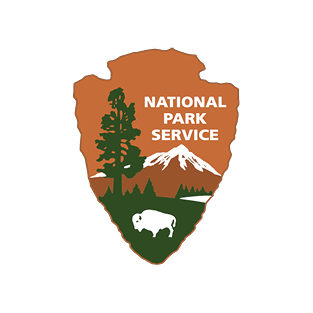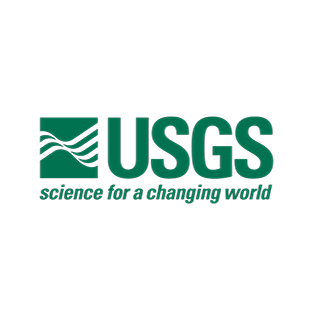
About WD4C
Working Dogs for Conservation (WD4C) has a long history and proven track record training and deploying conservation dogs to protect wildlife and wild places throughout the United States and internationally.
We proudly source rehomed, rescued, and career change dogs, and maintain the highest health, wellness, husbandry, and performance standards to ensure safe and productive partnerships for all parties, wherever we work.
Whether it’s law enforcement, biosecurity, ecological monitoring, environmental contaminants monitoring, or environmental justice, WD4C has been a trailblazer and leader in the conservation dog field. We consult, collaborate, and lead capacity building for detection, tracking, and scent discrimination dogs and handlers, all to make conservation happen around the world.
We constantly strive to maximize the impacts dogs have for conservation. Pioneering new and innovative canine techniques, and combining dogs with other cutting edge technologies like artificial intelligence and laboratory methods, we make conservation more efficient, effective, and extend its reach.
See some of this work in action HERE.
Leading the Field
Building upon techniques from narcotics detection, cadaver detection, and search and rescue, WD4C was founded by four trailblazing women who pioneered ways to use dogs’ extraordinary sense of smell to protect wildlife and wild places.
-
From detecting and monitoring low-density cryptic species like snow leopard and wolverine, to the world’s first wire-snare detection dogs, WD4C has led the development of techniques for difficult targets like noxious weeds, cavity-roosting bats, fish, and wildlife diseases. And we are at the forefront of the fight against wildlife trafficking, training dogs to detect ammunition, guns, ivory, rhino horn, pangolin scales, and more.
-
We constantly strive to maximize the impacts dogs have on conservation. Piloting new and innovative canine techniques, and combining dogs with other cutting edge technologies like artificial intelligence and laboratory methods, we make conservation more efficient, effective, and extend its reach.
-
With experience in 36 countries and 45 US states so far, and working across lands ranging from strictly protected national parks to industrial landscapes, WD4C has the capability and capacity to successfully tackle the most difficult canine-based challenges.
-
Working Dogs for Conservation (WD4C) began as an LLC, established in 2000 by four visionary female founders: Dr. Megan Parker, Alice Whitelaw, Aimee Hurt, and Dr. Deborah Woollett. As they continued to break barriers and advance in this field, WD4C transitioned to a nonprofit organization a few years later to best support this new and novel work. WD4C is now the largest and longest run canine conservation organization in the United States, and proudly makes significant contributions to conservation and science with rescue dogs.
Where We Work
Our reach and experience extends across 45 US states and 36 countries so far, and includes places we’ve taken our dogs or placed dogs for capacity building, as well as consultations and collaborations.
Scents We’ve Worked On
Our dogs have been trained on over 110 distinct scent targets, and we are always testing the boundaries of what is possible next! This growing list highlights the extraordinary versatility of our conservation detection teams and the wide-ranging impact of our work.
-
Chestnut blight in the American chestnut
SARS-CoV-2 (Covid) in American mink
Chronic Wasting Disease in white-tailed deer
Mycoplasma ovipneumoniae (sheep pneumonia) in bighorn sheep and domestic sheep
-
Argali (skins and horn)
Bear (gall bladder)
Bushmeat (various species)
Caviar
Cyanide poison
Firearms
Elephant (ivory)
Ibex (skin and horn)
Leopard (pelt)
Lion (pelt, fat, and bones)
Mukula wood
Pangolin (scale, carcass, and live)
Rhino (horn)
Saiga (pelt)
Shark (fin)
Wire snares
Snow leopard
Human tracking (finding poachers)
Spent ammunition
-
Ash wood
Crownvetch
Dyer's woad
Kincaid's lupine
Knapweed
Lespedeza bicolor (bush clover)
Lespedeza cuneata (Chinese bush clover)
Lloyd's mariposa cactus
Oak wilt
Perennial pepperweed
Prairie violet
Rush Skeletonweed
Salt cedar
Scotch Broom
Slender False Brome
Wild sugarcane plants and rhysomes
Thesium arvense
Whorled milkweed
Yellow Star Thistle
Wild Sugarcane seeds
-
African wild dog
Andean mountain cat
Asian elephant
Cavity and foliage roosting bat species (carcass)
Cavity-roosting bat species (hibernacula)
Asiatic black bear
Black bear
Grizzly bear
Black-footed ferret
Bobcat
Cheetah
Mountain lion
Cross River gorilla
Feral swine
Fisher
Red fox
Franklin's ground squirrel
Gray Fox
Jaguar
Jaguarundi
Kit fox (subspecies San Joaquin kit fox)
Lion
Lynx
Margay
Pine martin
American mink
Moose
North American river otter
Ocelot
Oncilla
Rats/Mice (Island landscapes & vessels, cargo, structures)
Saola
Sloths (two-fingered, three-fingered)
Island spotted skunk
Amur tiger
White-footed vole
Gray wolf
Iberian wolf
Wolverine
Sea Otter
Sumatran rhino
-
Blanding's turtle (eggs)
Brown treesnake
Desert tortoise
Gila monster
Lizard (3 species: Western whiptail lizard, Blainsville's horned lizard, endangered blunt-nosed leopard lizard)
Pine snake
Angulate Tortoise
Geometric Tortoise
Padloper Tortoise
Bog Turtle
Eastern box turtle
Wood turtle
-
Orange-crowned Warbler
-
Brook Trout
-
Argentine Ants
Bumblebee nests (3 species: Eastern bumblebee, Western bumblebee, and yellow banded bumblebee)
Emerald Ash Borer beetle
Golden mussel
Moose ticks
Quagga mussel
Rosy Wolfsnail
Spotted Lanternfly
Native freshwater mussels (TX)
Veligers (larval zebra and quagga mussels)
Zebra mussel
PARTNERSHIPS
We work closely with agencies, NGOs, researchers, and industry. We provide everything from study design and methodology development to joint fundraising, data collection, GIS mapping, data analysis, and reporting.
In the process, we offer a second chance to high-drive shelter dogs, many of whom would have been euthanized if we had not put them to work saving wildlife.
We work as fee-for-service contractors, collaborators on joint projects, or in some cases, we are able to provide our services at no cost to the partner thanks to the generosity of our supporters.
